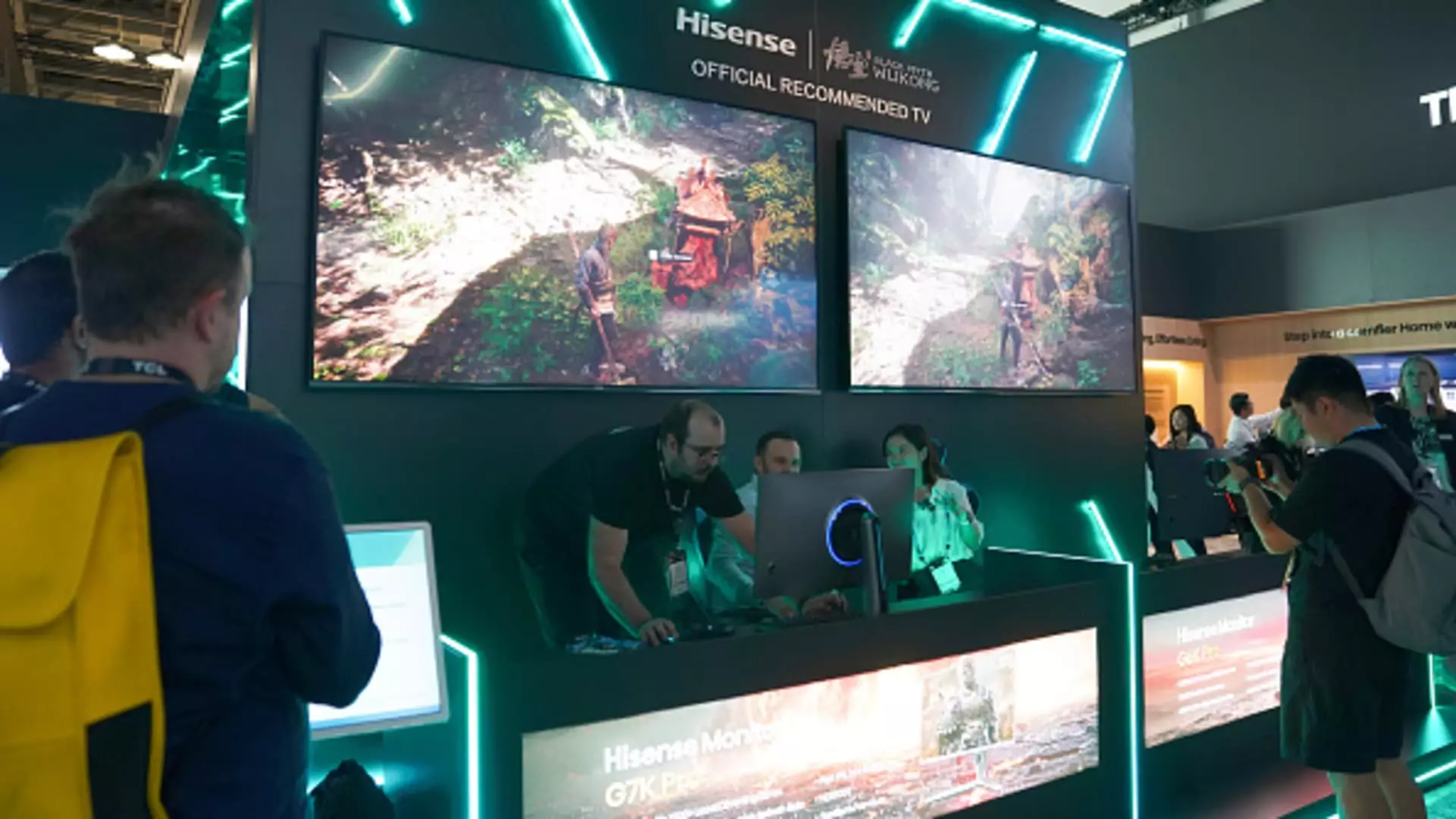In a strategic move to solidify its presence in the competitive U.S. market, Chinese home appliance giant Hisense has set an ambitious goal of becoming the leading television seller within two years. Catherine Fang, the president of Hisense International, articulated this vision in a recent interview, indicating that the company is not merely targeting a larger market share but aspiring to redefine its brand identity in the United States.
To bolster its brand visibility and reputation, Hisense recently announced a historic partnership with FIFA, securing its role as the first official partner of the FIFA Club World Cup, which is set to take place in Miami in June 2025. This partnership marks a significant investment in marketing through association with global sporting events, aimed at elevating the company’s status as a premium brand. Fang emphasized the potential of such sponsorships to enhance market presence, indicating Hisense’s intention to leverage international platforms to captivate American consumers.
Beyond brand visibility, Hisense is investing heavily in technology to ensure its products remain competitive. The company’s latest television models incorporate proprietary artificial intelligence technology designed to enhance both visual and auditory experiences. Notably, these innovations include an advanced AI chip that improves image rendering. There are plans for further integration of artificial intelligence, which will provide features such as personalized audio settings and real-time athlete statistics through voice command. However, details on the availability of these AI capabilities in U.S. models remain unspecified, leaving consumers and analysts alike eager for further information.
Competing in a Crowded Landscape
Currently, Hisense ranks as the second-largest television seller in North America, trailing only Samsung. This competitive positioning has added pressure on the company to innovate its product lines actively. Insights from research firm Counterpoint indicate that Hisense, along with competitor TCL, is shifting focus towards more advanced display technologies like QD-LCD and Mini LED LCD equipment. This pivot aims to cater to a consumer market that increasingly desires high-quality visual experiences, a move that could prove critical in enhancing brand loyalty.
Hisense’s ambitions do not stop with televisions; the company also aims to dominate the North American market for home appliances, colloquially known as white goods. Fang’s assertion that Hisense aims to become the leading Chinese brand for these products within the next two years underscores a growth strategy that leverages more than just televisions. By diversifying its product offerings, including refrigerators and washing machines, the company seeks to build a cohesive brand identity that resonates with North American consumers.
While many Chinese enterprises are just beginning to explore international markets following slowdowns in domestic growth, Hisense has established a robust global footprint over several decades. Currently, approximately half of the company’s revenue is generated outside China, with North America accounting for about 30% of its foreign sales. This established foundation will enable Hisense to navigate the complexities of the U.S. market effectively. As it embarks on this ambitious journey, the company is positioned to not only compete with established brands but also to redefine consumer expectations in the home appliance sector.
Hisense’s strategic partnerships, technological innovations, and broader market ambitions reveal a company that is not only ready to challenge for the top spot but also eager to reshape how consumers view and interact with their home entertainment and appliance products.

